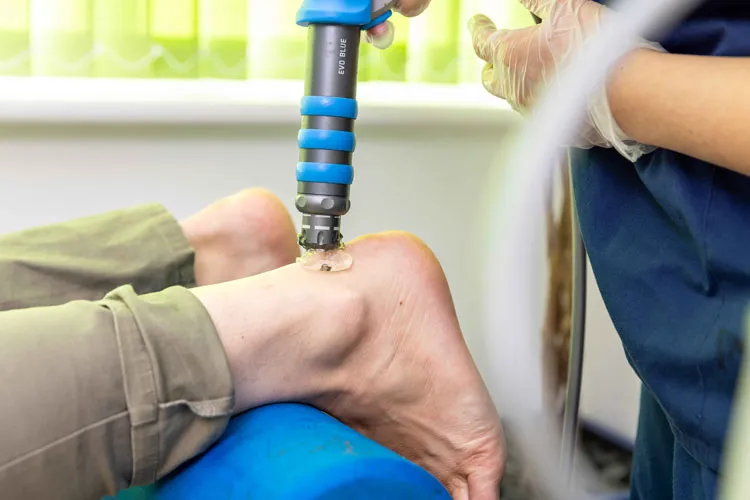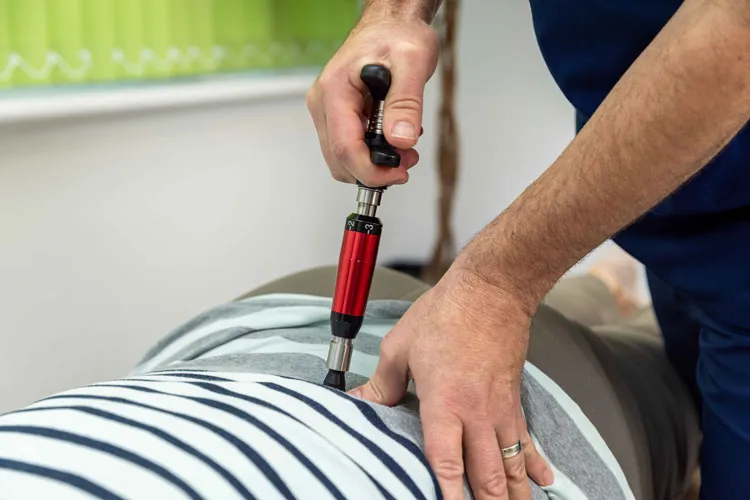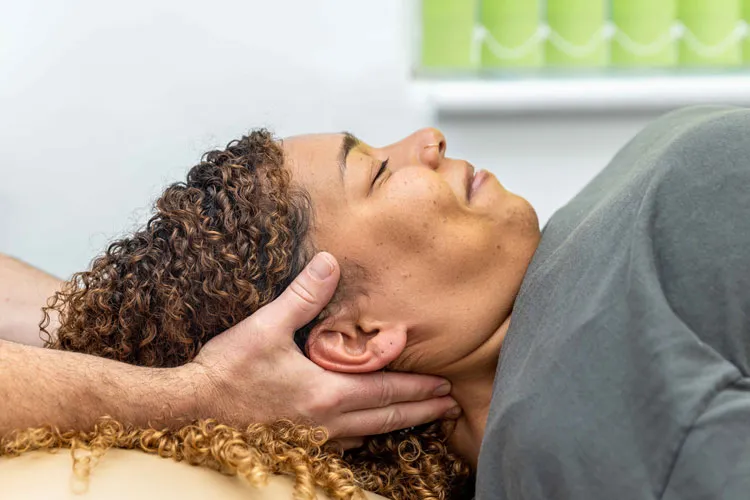If your are suffering from low back pain then this is the read for you…
Did you know that 84% of adults will suffer from at least one episode of low back pain in their lifetime…
What do you think is the largest cause of disability in the UK?
Cancer? Diabetes? Heart attack? Stroke?
Well if you guessed any of this, you’re wrong. Back pain is the largest single cause of disability in the UK, with lower back pain itself contributing to 11% of the total disability of the UK population.
The one-year prevalence of low back pain increased from 36.4 to 49.1% and this was in the year 2000! Unfortunately, that figure shows no sign of slowing down.
But Why?
To understand that, we need to have a brief understanding of our lower back. The spine is made of 33 vertebrae (bones) with 5 of them being the lumbar portion (aka lower back), with spongy cushion-like discs in between them. These 5 vertebrae have to support the entire upper body weight which is a large amount of force that can potentially cause mechanical stress and strain. Don’t get me wrong, the spine is very strong. The world record for the heaviest deadlift is 501kg (up to (1,104.5lb) by Hafþór Júlíus Björnsson. That’s around the weight of 7-8 grown men. *Not that you should try this at home*
The question then is, why are we still getting back pain?
There are multiple causes and these are broken down into five primary categories.
1) Normal degeneration or so-called ‘wear & tear’ – (e.g Disc degeneration, facet joint osteoarthritis, Osteoporosis fracture, etc)
2) Inflammatory (e.g Ankylosing Spondylitis, Psoriatic arthritis, reactive arthritis, etc)
3) Oncologic – (e.g cancers of the spine or nerve compression by any space-occupying lesions)
4) Infectious – (e.g bacterial or fungal)
Non-back related disorders such as Pneumonia, Kidney diseases, or gallstones can also cause pain down the lower back.
And the FIFTH cause, also the single most common one is the mechanical cause.
These are your common muscle strain, disc herniation, ligamentous sprain, fractures, and pregnancy. The main culprit to this is our 21st-century lifestyle which involves sedentarism and physical inactivity which are highly prevalent globally. Not only does this behavior increases the risks of obesity, diabetes, cardiovascular diseases, and more.
As we spend more time indoors, it’s common for us to place the body in unsupported postures, this can cause the load on your spine to distribute incorrectly, weakening the muscles & tissues in your back. Some common unsupported postures include slouching, lying down, standing with weight on one leg, lifting heavy objects off the floor with a rounded back, which can place a load on the spinal discs causing herniation, and much more. Accumulation of these stressors can push the person beyond their normal functional limit, hence causing pain.
I understand it’s almost impossible for you to immediately change your natural posture, as your body is already accustomed to it unless you keep an eye on it 24/7 through the mirror.
One easy way to prevent back pain is to MOVE. Keeping the body moving is the best ‘medication’ you can give your lower back. It doesn’t have to be a run on the treadmill or a yoga class, just some simple standing stretches and a walk to the bathroom or kitchen after every 30 minutes of sitting down is the least you can do for yourself. That is then followed with proper ergonomics & biomechanics, and daily exercises, and you will likely have a happy back.
Having read this hopefully it made you more aware of your body and in the following article, we will dive into ways that we can improve our posture and work ergonomics.
References
Casiano VE, S. G. (2022). Back Pain. Retrieved from https://www.ncbi.nlm.nih.gov/books/NBK538173/
Guidelines, N. (2022). Back pain – low (without radiculopathy):. Retrieved from https://cks.nice.org.uk/topics/back-pain-low-without-radiculopathy/background-information/prevalence/#:~:text=The%20one%2Dyear%20prevalence%20of,classes%2C%20and%20across%20geographical%20regions.
NHS, D. C. (2016). The National Back Pain Pathway. Retrieved from https://www.england.nhs.uk/blog/charles-greenough/
Shashank V. Gandhi, M., & Michael Schulder, M. F. (2022). Spinal Infections. Retrieved from https://www.aans.org/en/Patients/Neurosurgical-Conditions-and-Treatments/Spinal-Infections
Stephanie G Wheeler, M. E. (n.d.). Evaluation of low back pain in adults. Retrieved from https://www.uptodate.com/contents/evaluation-of-low-back-pain-in-adults#H23
Tonya Hines, C. M. (2018). Anatomy of the Spine. Retrieved from https://mayfieldclinic.com/pe-anatspine.htm
Vijay Vad, M. (2020). Is Poor Posture Causing Your Back Pain? Retrieved from https://www.spine-health.com/blog/poor-posture-causing-your-back-pain


